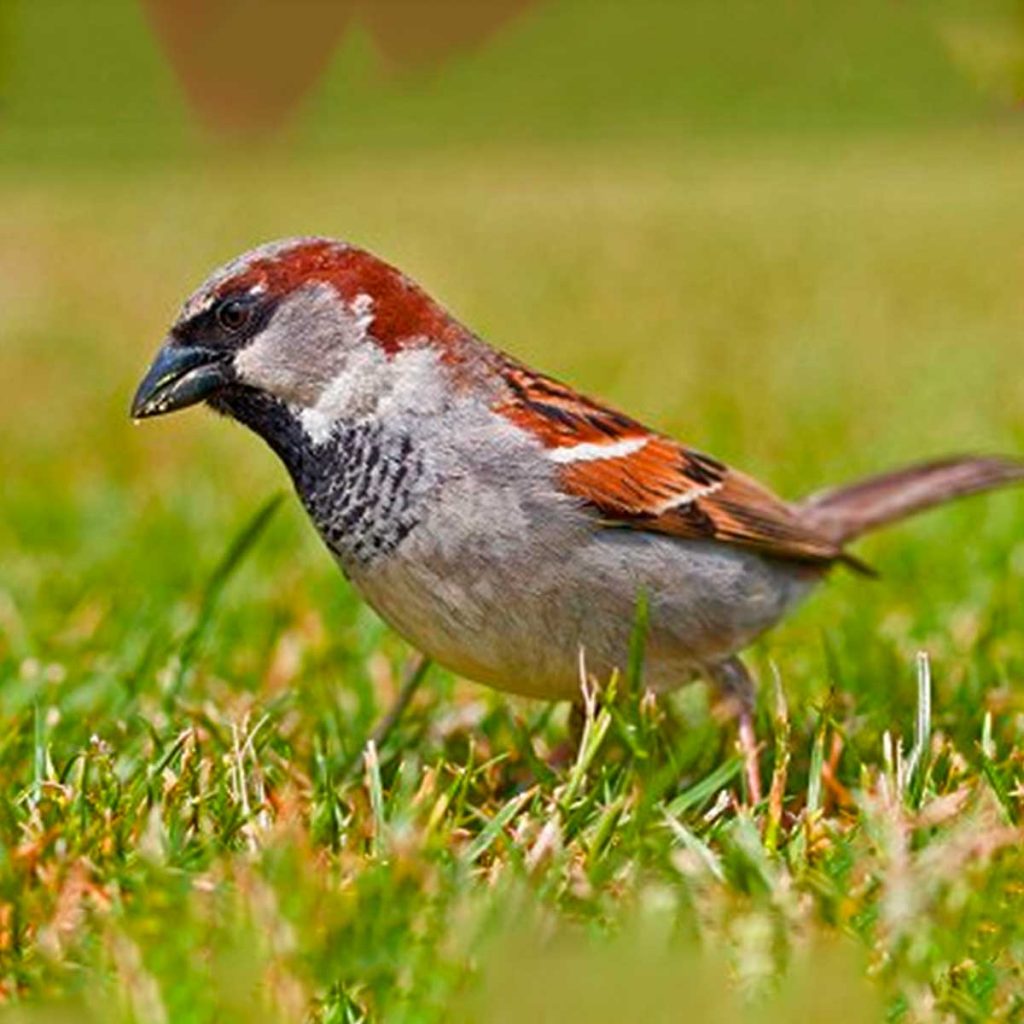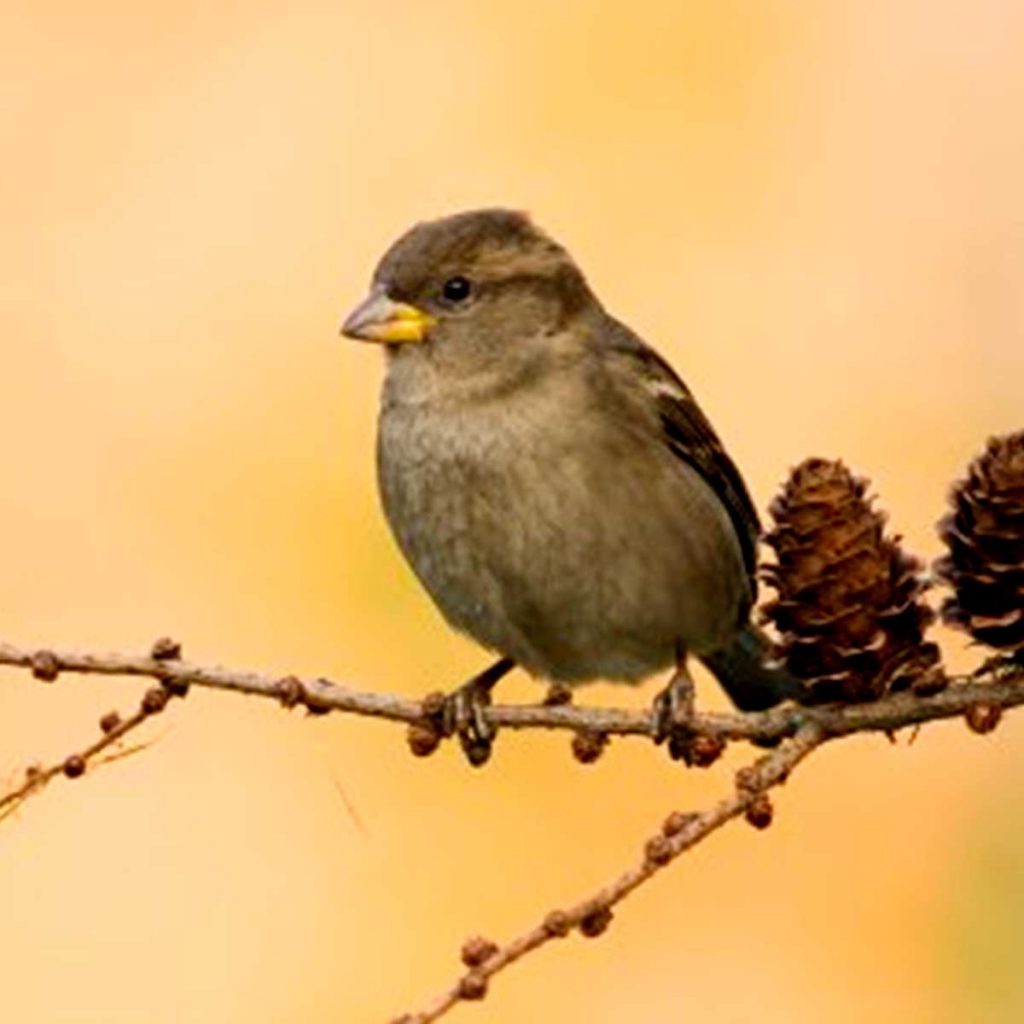
Birds / House Sparrow
Information for Juniors
House Sparrow
- The House Sparrow was very successfully introduced into New Zealand from 1866.
- The Sparrow prefers to live among the people and not in the forests.
- They are probably the most common bird found in our towns, cities, and farms.
- The birds love small grain and flower buds, nectar fruit and a wide range of plant seeds around the cities.
- The longer they spend time around humans they are beginning to eat human food scraps like bread along with aphids, caterpillars and spiders.
- In the breeding season the male builds a nest.
- The female lays 5 or 6 eggs at a time.
- The eggs are incubated by both birds and hatch within 10-12 days.
- A pair of sparrows may lay up to 4 broods per year i.e. their family could be 24 children in one year!
- The male is grey with a chestnut brown back and wings streaked with black with a black bib and bill.
- The females are drab sandy brown, streaked darker on the back and greyish white underside.
What does it sound like?


Information for Junior Secondary
House Sparrow
- The House Sparrow was very successfully introduced into New Zealand from 1866.
- Although only about 100 birds were liberated, numbers rapidly increased to the point where they were doing more damage to the crops than the insects they were supposed to control.
- The House Sparrow prefers to live in close association with humans and is probably the most common bird found in our towns, cities, and farms.
- They are rarely found in bush or other habitats away from human development.
- The birds love small grain and flower buds, nectar fruit and a wide range of plant seeds around the cities.
- The longer they spend time around humans they are beginning to eat human food scraps like bread along with aphids, caterpillars and spiders.
- In the breeding season the male builds a nest into which he will entice a female, which lays 5 or 6 eggs at a time.
- The eggs are incubated by both birds and hatch within 10-12 days.
- The young sparrows will fledge at about 14-16 days.
- The male is grey with a chestnut brown back and wings streaked with black with a black bib and bill.
- The females are drab sandy brown, streaked darker on the back and greyish white underside.
- The juveniles look very similar to the females
What does it sound like?


Information for Seniors
House Sparrow
- The House Sparrow was introduced between 1866 and 1871 in the hope that they would help combat the plague of crop-eating insects that was threatening agriculture in New Zealand.
- The incredibly fast increase in sparrow numbers was due to an abundance of food, lack of strong competition, a temperate climate and few predators, as well as their highly successful breeding capability.
- In the 1880’s Sparrow clubs were formed to try and reduce their numbers. Poisoned grain was laid, and a bounty offered for sparrow eggs, which encouraged small boys to collect hundreds of thousands of eggs for destruction.
- The House Sparrow prefers to live in close association with humans and is probably the most common bird found in our towns, cities, and farms. They are rarely found in bush or other habitats away from human development.
- The birds love small grain and flower buds, nectar fruit and a wide range of plant seeds around the cities.
- The longer they spend time around humans they are beginning to eat human food scraps like bread along with aphids, caterpillars and spiders.
- In the breeding season the male builds a nest into which he will entice a female, which lays 5 or 6 eggs at a time. The eggs are incubated by both birds and hatch within 10-12 days.
- The young sparrows will fledge at about 14-16 days.
The sparrows high breeding rate is partially caused by the female laying more eggs before the fledglings have left the nest. - This means that the young birds incubate the eggs leaving both parents free to find food for their young. A pair of sparrows may lay up to 4 broods per year.
- The male is grey with a chestnut brown back and wings streaked with black with a black bib and bill.
- The females are drab sandy brown, streaked darker on the back and greyish white underside.
- The juveniles look very similar to the females
What does it sound like?


Activities
- What is the Sparrows favourite food and from where?
- Listen carefully to the song and describe it in detail. Is there any variation to the general song? Please explain.
- What is the purpose of their call generally?
- Sparrows are very communal, describe this by observing groups.
- List 5 new facts that you have researched and find interesting.
- Take several photographs of Sparrows and save the best.
